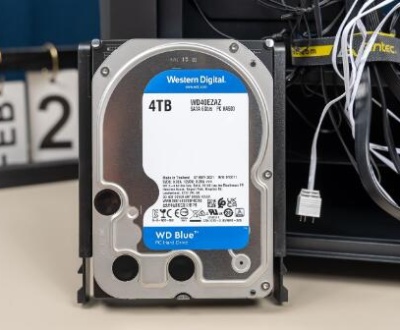Data recovery tools are essential for retrieving lost or corrupted files, but there may come a time when you decide to delete these applications from your system. Whether you’re freeing up space, transitioning to a different tool, or no longer needing the service, it’s important to understand the implications of deleting these programs.
Reasons to Delete a Data Recovery Tool
Space Management
Data recovery tools can consume a significant amount of storage space. If your device is running low on memory, uninstalling unused software can help free up resources.
Performance Optimization
Some data recovery tools may run background processes that could slow down your system. Removing them can enhance overall performance.

Transitioning to a Better Tool
If you find a more effective or user-friendly recovery tool, it makes sense to delete the old one to avoid confusion.
Incompatibility Issues
Sometimes, a data recovery tool may not be compatible with your current operating system or hardware setup, necessitating its removal.
Security Concerns
If you suspect that a data recovery tool has security vulnerabilities or has been compromised, it’s prudent to uninstall it.
Software Crashes or Bugs
If the tool frequently crashes or doesn’t work as intended, deleting it might be a necessary step to maintain system stability.
Impacts of Deleting a Data Recovery Tool
Loss of Functionality
Once deleted, you will lose the ability to recover data using that specific tool. Ensure you have alternative solutions before proceeding.
Data Safety
Confirm that you no longer need the data recovery tool for ongoing recovery efforts. It’s wise to have a backup plan.
Potential Data Loss
If you delete the tool while an ongoing recovery operation is in progress, you might risk losing files that were being worked on.
Steps to Delete a Data Recovery Tool
Step 1: Backup Important Data
Before making any changes, ensure you have backups of important files. Use external drives or cloud storage for safekeeping.
Step 2: Uninstalling on Windows
Open Settings:
Press Windows + I to open Settings.
Go to Apps:
Click on “Apps” and then “Apps & features.”
Locate the Tool:
Scroll through the list or use the search bar to find the data recovery tool you want to delete.
Uninstall:
Click on the tool and then click “Uninstall.” Follow the prompts to complete the uninstallation.
Step 3: Uninstalling on Mac
Open Finder:
Launch Finder and go to the “Applications” folder.
Find the Tool:
Locate the data recovery application you wish to remove.
Delete:
Drag the application to the Trash or right-click and select “Move to Trash.” Empty the Trash to complete the removal.
Step 4: Cleaning Up Residual Files
After uninstalling, some tools may leave behind residual files. Use a third-party software cleaner to remove leftover files and registry entries, especially on Windows systems.
Alternatives to Data Recovery Tools
If you decide to delete your current data recovery tool, consider the following alternatives:
Reputable Recovery Software:
Research and install well-reviewed data recovery software that fits your needs.
Built-in OS Recovery Options:
Both Windows and Mac offer built-in recovery options that can assist in file recovery without third-party tools.
Professional Data Recovery Services:
If your data is critical and software tools fail, consider professional recovery services for a higher chance of success.
Troubleshooting Common Issues
Inability to Uninstall:
If you encounter issues uninstalling the tool, consider using specialized uninstaller software that can force the removal of stubborn applications.
Recovery Needs Post-Uninstallation:
If you find that you need to recover files after deleting the tool, immediately seek alternative recovery solutions.
Performance Issues After Deletion:
If your system experiences issues after uninstalling, check for other conflicting software or perform a system restore to a previous state.
Deleting a data recovery tool is a straightforward process, but it requires careful consideration of your needs and potential consequences. Ensure you have adequate backups and alternative solutions before proceeding. This guide aims to equip you with the necessary information to make an informed decision regarding the management of your data recovery software.
Final Thoughts
Before you delete any data recovery tool, it’s crucial to assess your ongoing needs for data recovery and ensure you have a solid plan in place. By understanding the implications and following the proper steps, you can manage your software effectively and maintain the integrity of your data.
About us and this blog
Panda Assistant is built on the latest data recovery algorithms, ensuring that no file is too damaged, too lost, or too corrupted to be recovered.
Request a free quote
We believe that data recovery shouldn’t be a daunting task. That’s why we’ve designed Panda Assistant to be as easy to use as it is powerful. With a few clicks, you can initiate a scan, preview recoverable files, and restore your data all within a matter of minutes.
Subscribe to our newsletter!
More from our blog
See all postsRecent Posts
- Fix western digital external hard drive 2025-04-22
- Western digital hard drive not recognized 2025-04-22
- Western digital external hard drive won’t read 2025-04-22

 Try lt Free
Try lt Free Recovery success rate of up to
Recovery success rate of up to









